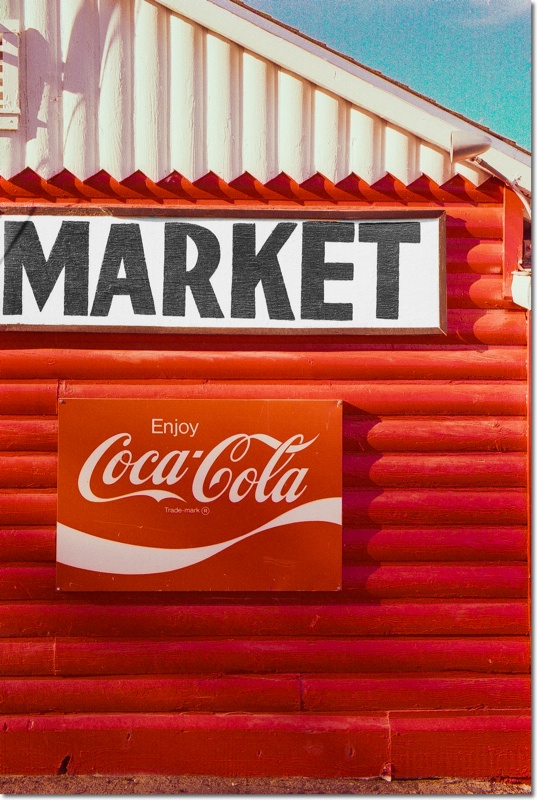The old days of film.

Leica M2, 35mm Asph Summicron, Kodak Gold 100.
Every now and then I have to remind myself just how awful film was. This time the reminder was prompted by a complaint from a friend who grumbled about how long it was taking him to scan old film images for his digital catalog. I suggested he leverage his time and farm out the awful task.
But the scanning topic reminded me that my now decade old Epson 2450 flat bed scanner was badly in need of cleaning. The glass plate on this excellent machine has managed to accrue lots of dirt on the inside, so in a fit of guilt I dismantled the device and gave it a thorough cleaning. While a flat bed, it nevertheless served well in the days of film, especially when I needed really high quality scans of 6×6, 6×7 and 4″x5″ film originals. (I used a Nikon 4000 scanner for 35mm). Coupled with the excellent VueScan app it allows for very high quality scans using relatively inexpensive scanners, and can be tailored right down to the type of film used. In my case, I decided to do a scan for old times’ sake from a 35mm negative and dialled in Kodak Gold 100-6. The Epson has backlighting making high quality scans of translucent originals easy.
The scan of a single 35mm slide took some 10 minutes at the archival, 64-bit setting (imagine how long a 4″ x 5″ original which is some 14 times the area takes!), delivering a 55MB file.
Then it was into Lightroom and Photoshop for the usual scratch removal and so on meaning that, start to finish, it took me a good 15 minutes to produce the image above. In that time I could have processed a dozen images from any digital camera with superior results and with no need for dust retouching.
So next time you get that urge for a film Leica or Hasselblad or Linhof plate camera, fughedaboutit. Unless your time is worth nothing, that is. Or the gear’s destination is the china cabinet where it belongs.
At least my scanner is clean now. I mostly use it to archive my son’s homework.